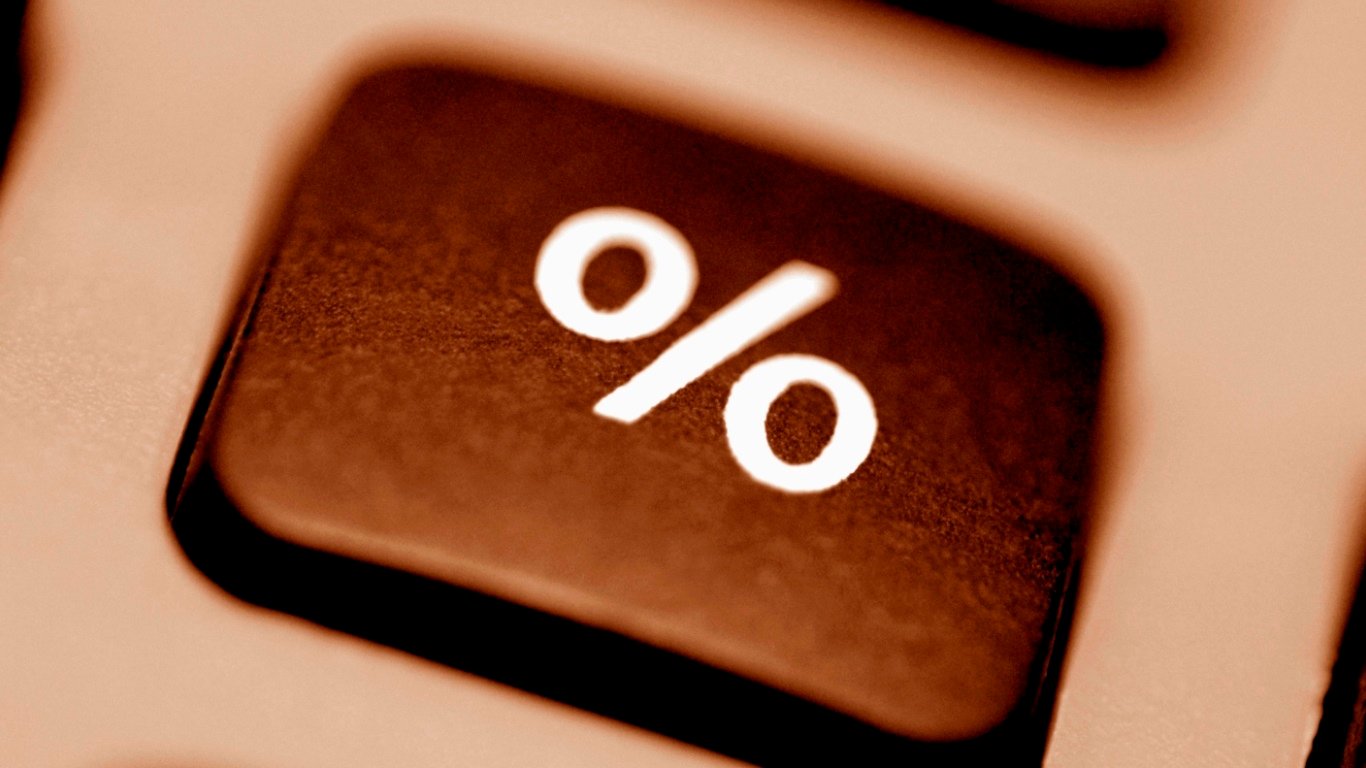Economy
Beyond the Federal Reserve, Negative Interest Rates Have Arrived in America

Published:

The interest rate climate was supposed to be stable for 2020. That all ended in an insta-recession brought on by the coronavirus outbreak and after the situation was magnified after an oil share war with Saudi Arabia and Russia. Now the United States has seen part of what has been the case in Europe and Japan for some time: negative interest rates.
The United States recently returned back to a zero-interest rate policy (ZIRP) after Jerome Powell and the FOMC lowered interest rates in two emergency rate cuts. That was back to the 0.00% to 0.25% range on federal funds. That previously had been the case from December of 2008 through the end of 2015.
According to Bloomberg, the three-month Treasury bill yield was −0.04%, but the yields on the six-month and 12-month bills were sill 0.06% and 0.20%, respectively. The rest of the Treasury yield curve remains in a positive slope now, after having been inverted prior to the emergency rate cuts. The yields were as follows: 0.35% on the two-year, 0.52% on the five-year, 0.81% on the 10-year and 1.34% on the 30-year long bond.
To be clear, the Federal Reserve has not endorsed a formal negative-interest rate policy (NIRP) at this time. There has been an ongoing debate as to whether negative rates were even possible, but that was before the world turned upside down due to the coronavirus.
The current issue around negative interest rates is that the demand and prices of the bills kept rising as U.S. and global investors are seeking the ultimate safety trade, regardless of the price. The notion that as prices rise and yields go down still holds true, even if bills or notes see their price rise above par ($100).
Another consideration about who really has and doesn’t have negative interest rates: Germany is the largest component of the European Union. Its two-year notes are at a −0.64% yield, and even the 10-year bund yield is −0.30%. Germany’s 30-year bund yield is actually still barely positive at 0.09%.
Japan is the largest nation outside of Europe with a negative interest rate policy. Its two-year JGB yield is −0.26% and the five-year is −0.09%. Its longer-date bonds have positive yields: 0.03% for the 10-year, 0.29% for the 20-year and 0.40% for the 30-year.
It now seems that the negative interest rates in the United States may be more of a technical issue. Yet, the world has turned upside down, and we have not even started receiving all the recessionary economic readings from rapidly rising jobless claims and unemployment, to be followed by negative readings in industrial production, manufacturing and services revenues and from gross domestic product.
Whether the Federal Reserve formally lowers fed funds to under 0.00% under the current economic panic remains to be seen. Negative interest rates previously had been unthinkable. Then again, so was printing up $2 trillion and throwing it into a rapidly cratering economy, where much of America is mandated to stay home and only leave for essentials.
While this is a function of pricing rather than policies, there is going to be a new debate that grows louder about “breaking the buck,” where U.S. money market accounts might not even be able to pay 0.01% due to their mandates about investing in short-term Treasury and agency paper only.
Want retirement to come a few years earlier than you’d planned? Orare you ready to retire now, but want an extra set of eyes on your finances?
Now you can speak with up to 3 financial experts in your area for FREE. By simply clicking here you can begin to match with financial professionals who can help you build your plan to retire early. And the best part? The first conversation with them is free.
Click here to match with up to 3 financial pros who would be excited to help you make financial decisions.
Thank you for reading! Have some feedback for us?
Contact the 24/7 Wall St. editorial team.